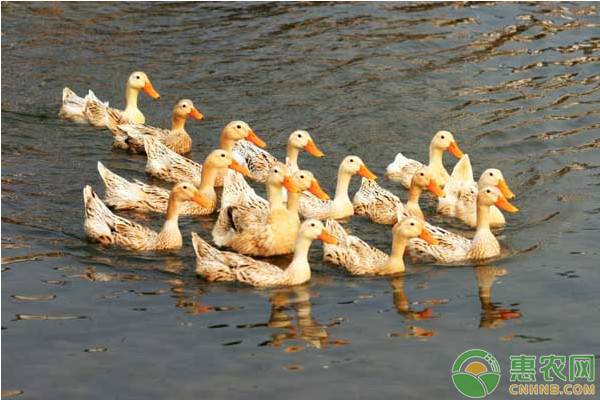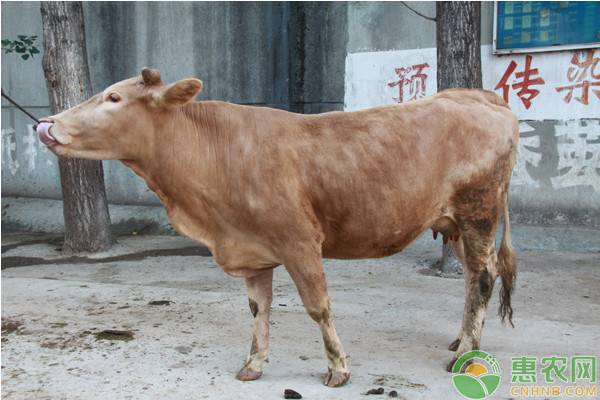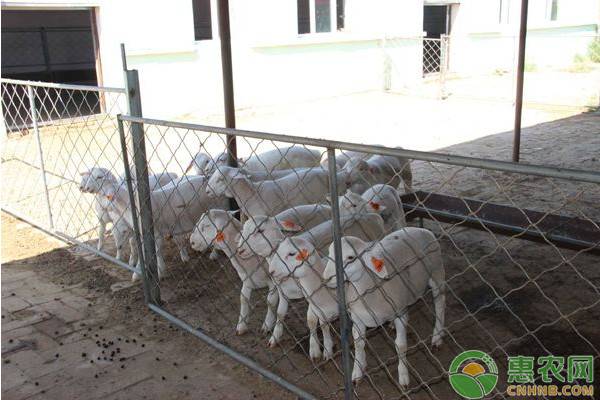In general, the forages required for different types of farming in rural areas are also very different. Different types of forages correspond to different animals, such as forage and sheep forage. Let's take a look at learning the best forage selection techniques for livestock and poultry. First, planting grass to feed cattle Feeding cattle grass can use Mexican corn, alfalfa, scorpion fescue, pennisetum, sudan grass, etc., and should not grow succulent leaf forage with high crude fiber content. Mexican corn is suitable for planting in areas with an annual rainfall of more than 800 mm and a frost-free period of more than 180 days. When the plant height is 1.5 m, it can be castrated once a month. The dry matter of the forage contains 9.5% crude protein, 2.6% crude fat and 27.3% crude fiber. The stems and leaves are crispy and juicy, sweet and palatable, and suitable for silage or hay. Second, planting grass to feed sheep For feeding sheep grass, alfalfa, forage corn, granule sorghum, clover, winter grazing 70 ryegrass can be used. The perennial leguminous plant alfalfa is preferred in the haygrass period. It has a semi-arid climate and strong drought resistance, and is suitable for the mountainous areas of goats. Alfalfa is known as the “king of the pastureâ€. It not only produces high grass yield, but also has excellent grass quality and is rich in protein, vitamins and inorganic salts. Usually 4 to 5 kilograms of fresh grass can be used to make 1 kilogram of hay and also weeded. The powder is made into pelleted feed or formulated at full price. It should be noted that the sheep are resistant to rough feeding and should be fed with roughage with high crude fiber content such as corn stover. Third, planting grass to feed pigs Rumex, Coniferous Pine, Polymer Grass, Seed Gum, Bitter Amaranth, Ziyun Ying, and Grass Mulberry are all suitable for feeding pigs. Both Rumex and Prunus persicae are perennial herbaceous plants. They are highly adaptable to the planting area, deep in roots and strong in regenerative power. They do not compete with food and economic crops. They have high digestibility and are suitable for pigs and other stomachs. animal. When the plant grows to a height of 70-90 cm, it is harvested, and it is harvested 3 to 4 times a year. The whole leaf can be fed to the pig, or it can be cut into small pieces of 2 to 3 cm, and mixed with corn stover powder in a ratio of 3:1. To achieve the complementary advantages of nutrition, but no matter which kind of feeding method, the feeding amount should not be too much to prevent the intake of concentrate. Fourth, planting grass to feed rabbits For rabbits, you can choose chicory, ryegrass, bitter leeks, grass mites, cockroaches, and pennisetum, especially chicory. Chicory is a perennial herb of the Compositae family. It is cold-tolerant and heat-resistant. It requires less soil. One seeding can be used continuously for more than 10 years, and the disease resistance is extremely strong. When the chicory plant is 50 cm high, it is castrated and cut once every 30 days. It can produce more than 150,000 kilograms of fresh grass per hectare. It has excellent palatability and can meet the habit of rabbits eating fresh grass. It can be used with grass rafts, glutinous rice flour, etc. For mixed feeding, the amount of pasture should be 50% of the total amount fed. Five, planting grass to feed the goose Goose is resistant to roughage, and the grasses suitable for feeding include Russian feed vegetables, pine leaf herbs, granules, stalks, and chicory. Russian feed vegetables are a perennial grasshopper forages that has emerged in recent years. It is resistant to cold and high temperature. It does not require soil. Farmland barren hills, idle plots, and riverside roads can be planted, and can be planted with fruit trees and economic forests. In the northern region, it can be castrated in spring, summer and autumn. It can be cut 4 to 5 times a year. In the southern region, it can be cut 5 to 6 times a year. The yield per hectare is 900-1500 tons. The output per 667 square meters (1 mu) can meet 130. Goose 1 year green feed needs. When feeding, it can be reasonably matched with the other species of grasses mentioned above, and it is better to prepare a mixed feed. Six, planting grass to feed chicken Regardless of laying hens and broilers, it is not advisable to consume large amounts of pasture due to their physiological characteristics. However, farmers can raise some small-scale chickens in the summer and autumn seasons, such as chicory, bitter amaranth, Russian feed vegetables, Chinese cabbage, sweet potato leaves, etc., and smash the chicken to promote balanced nutrition. For the wonderful pictures and popular comments on the best selection techniques for livestock and poultry forage, you may be interested in the following recommended contents. Welcome to read.
red light therapy belt,red light belt,led therapy belt,led red light therapy,infrared device wrap
In many cases, after a course of treatment with red infrared light, the pain is gone.
Red light therapy works by stimulating the mitochondria in the body's cells, which are responsible for producing energy (ATP). The light energy absorbed by the mitochondria triggers a series of biochemical reactions that can enhance cellular metabolism and promote various therapeutic effects.
red light therapy belt,red light belt,led therapy belt,led red light therapy,infrared device wrap Shenzhen Guangyang Zhongkang Technology Co., Ltd. , https://www.szlighttherapymachine.com



Portable Medical Silicone Red Light Therapy Belt Infrared Light Therapy Wrap Red Infrared Device
The energy can flow through the body and interact with damaged cells in many parts of the body operating more like a vitamin that goes where it needs to go. This wavelength is also best for treating the lymph system and acupuncture points. Whereas studies show near-infrared wavelengths in the 850 nm penetrate deeper through skin and bone for relief of chronic pain.
As with red light therapy, near infrared light therapy does not mask the symptoms of pain, it encourages the healing of the actual cause of the pain. Once absorbed, the light energy kicks off a whole series of metabolic events, stimulating the body`s natural processes on a cellular level. There is an increase in blood flow, allowing the parts of the body to receive the oxygen and nutrients they need in order to function more effectively. Regeneration is stimulated. Inflammation and pain are reduced.
Some potential benefits of red light therapy include:
1. Skin health: It can improve the production of collagen and elastin, leading to improved skin tone, reduced wrinkles, and acne treatment.
2. Pain relief: It may help reduce inflammation and alleviate pain in conditions such as arthritis, muscle strains, and joint pain.
3. Wound healing: Red light therapy can promote tissue repair and accelerate wound healing by stimulating cell growth and circulation.
4. Hair growth: It has shown potential in stimulating hair growth and treating conditions like androgenetic alopecia (pattern baldness).
5. Mood enhancement: Red light therapy may have positive effects on mood and mental well-being by improving serotonin levels and reducing symptoms of depression and anxiety.
Selection of the best forage species in livestock and poultry farming
Prev Article
How Citrus Prevents Postharvest Yellow Leaves